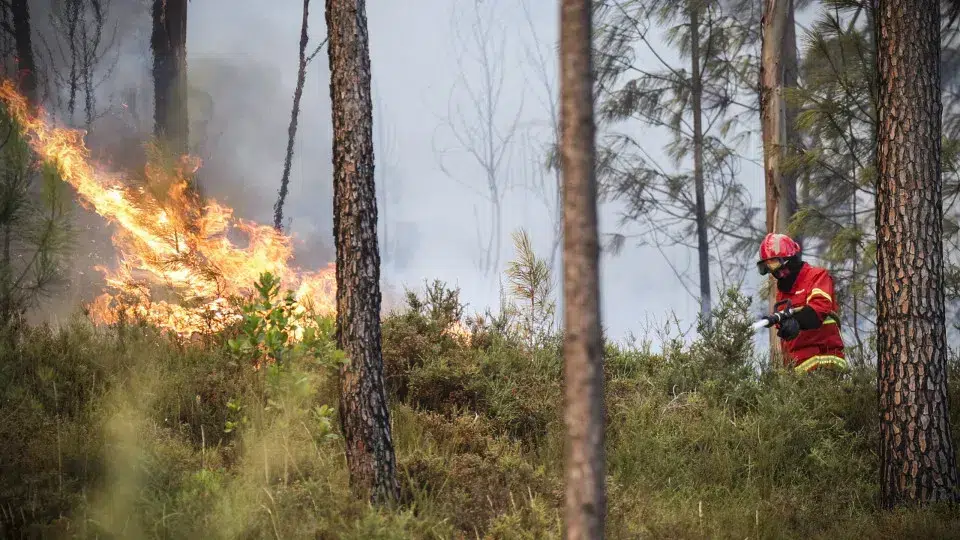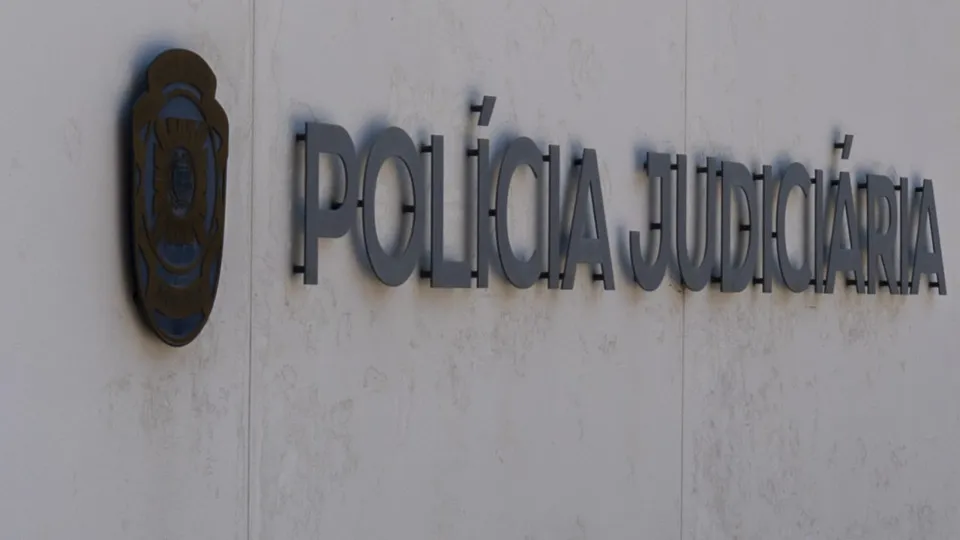
A joint proposal concerning the future of the Integrated Medical Emergency System (SIEM) was submitted last week to the Minister of Health. It suggests analyzing locations where emergency response is less specialized and deploying new ambulances with teams of technicians and nurses.
Doctors and nurses advocate for all pre-hospital medical emergency interventions to occur under medical supervision and conform with medical and nursing practices.
They indicate that technical intervention through delegated competencies is a valid strategy that should be encouraged, provided it is strictly controlled and hierarchically supervised by those who oversee these competencies.
The proposal, addressed to Ana Paula Martins, acknowledges the suitability of the Portuguese emergency medical model in providing aid but highlights structural constraints in organization and human resources that have hindered the full responsiveness of the SIEM, jeopardizing the quality of care provided.
They argue that national priority should focus on strengthening and enhancing the existing model, ensuring the highest standards of quality and clinical safety.
Among the proposed measures – divided into five pillars – they underscore that the CODU are an essential element of clinical regulation for all SIEM resources and emphasize the importance of adopting strategies to attract and retain human resources, particularly doctors and nurses, to maintain a highly qualified workforce for these centers.
In the area of Basic Life Support (BLS), they note that over 90% of INEM calls are serviced by ambulance teams from firefighters and the Portuguese Red Cross, stressing the need to standardize training and operational conditions for all BLS technicians to ensure equitable access for all citizens.
Regarding the Immediate Life Support (ILS) network—comprising vehicles with teams of nurses and emergency technicians for stabilizing patients at risk of life—they advise a national analysis to pinpoint locations where geodemography and suboptimal intervention times of advanced life support means necessitate opening new ILS units.
As for the Advanced Life Support (ALS) network—composed of Medical Emergency and Resuscitation Vehicles (VMER), each with a doctor and nurse team—they emphasize the need for increased investment in research and training. This would involve creating intervention protocols based on the best scientific evidence and international clinical best practices to ensure more standardized care nationwide.
They assert that INEM professional training should be conducted by the institute or entities accredited by it, and that in specific areas, training should undergo certification/auditing by international scientific bodies.
The document proposes establishing continuous training and competency assessment programs and expresses readiness to collaborate in setting criteria and models for educational interventions.
Doctors and nurses also state that the location and differentiation of on-field assistance means should be justified by geodemography and assessed for cost-benefit balance.
These organizations reiterate that SIEM is effective and advocate for strengthening and qualifying the existing three levels of support (BLS, ILS, and ALS), reinforcing CODU, and investing in accredited and continuous training to ensure quality, equitable, and safe responses for the population.




